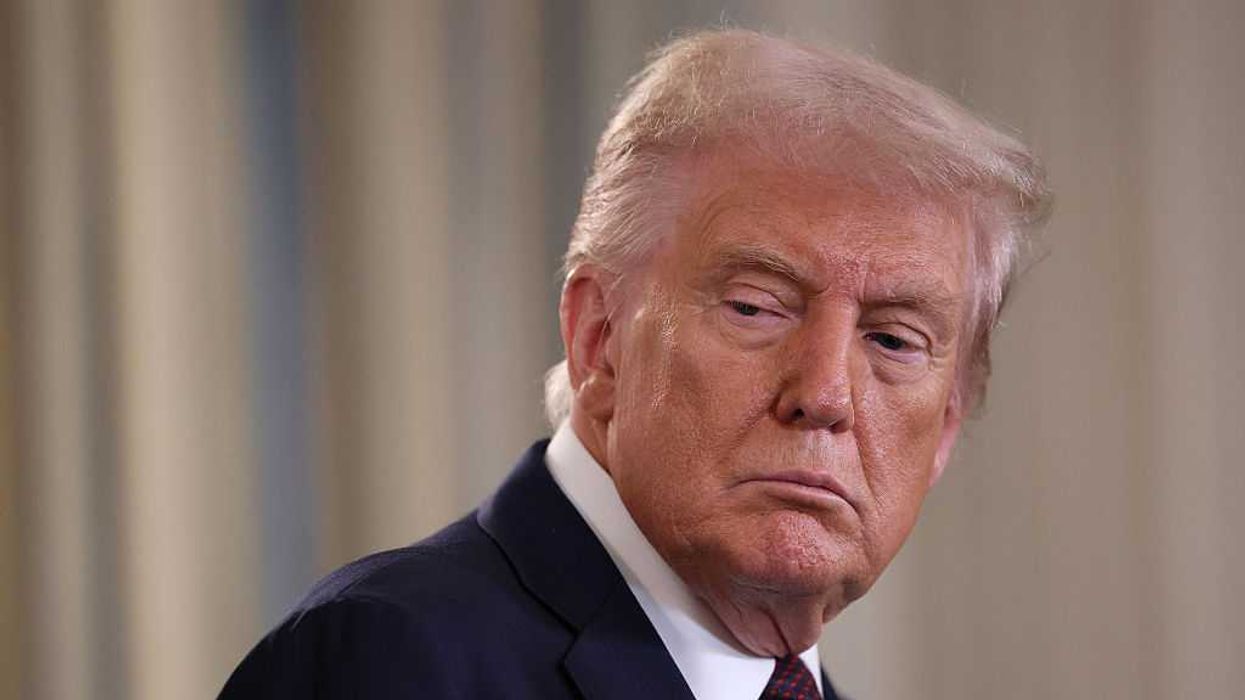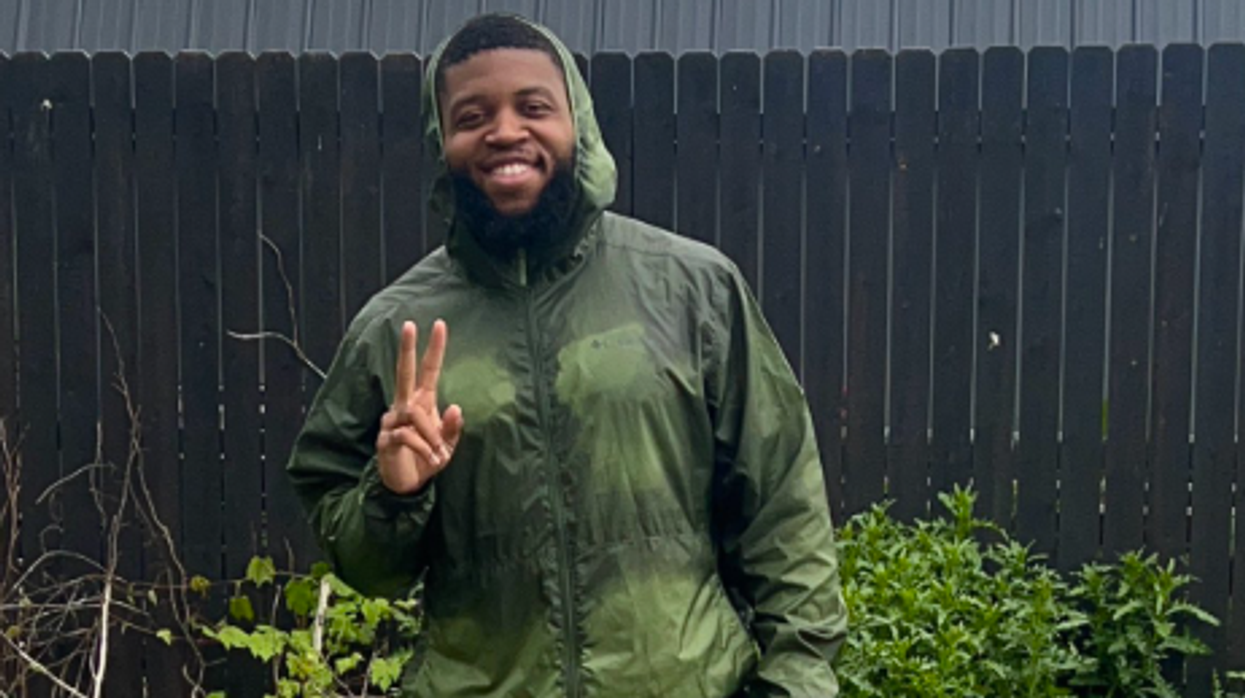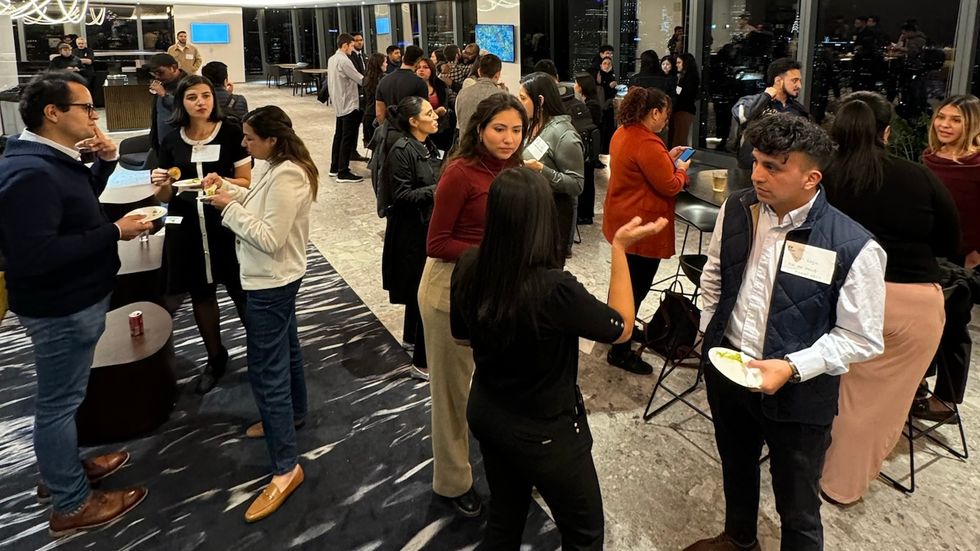As Congress scrambled to avoid a government shutdown, President Donald Trump posted an AI-generated deepfake video across his social media platforms—including X and Truth Social—that was widely condemned as racist, vulgar, and politically reckless.
The video featured mariachi music and depicted Democratic leaders with offensive cultural tropes. House Minority Leader Hakeem Jeffries appeared with a superimposed sombrero and exaggerated handlebar mustache, while Senate Minority Leader Chuck Schumer was portrayed with a fake audio track ranting about “free healthcare to illegal aliens” in a vulgar tirade. The video dropped just hours after Jeffries and Schumer had met with Trump to discuss the looming shutdown.
It was racial provocation disguised as digital “humor.”
Jeffries responded swiftly, calling the video “racist and fake” and posting on X, “Bigotry will get you nowhere.” In a press conference, he added, “Mr. President, the next time you have something to say about me, don’t cop out through a racist and fake AI video. Say it to my face.” He later told MSNBC, “We need from the president of the United States an individual who actually is focused on doing his job, as opposed to engaging in racist or bigoted stereotypes designed to try to distract or throw us off as Democrats from what we need to do on behalf of the American people.”
Schumer dismissed the video as a tantrum from a president unwilling to negotiate seriously.
But Trump doubled down. In a follow-up post, he shared another AI video—this time of himself with a mariachi band playing in the background—mocking Jeffries’ condemnation.
The backlash was swift and bipartisan in tone, if not in substance. Democratic Representative Madeleine Dean confronted House Speaker Mike Johnson, calling the post “disgraceful,” “bigoted,” and “racist.” Johnson replied that the video was “not my style,” but defended it as a “joke,” downplaying its impact. “Not your style? It’s disgraceful, it’s bigoted, it’s racist. You should call it out,” Dean said.
Beyond its racist caricatures, the deepfake video also traffics in blatant disinformation. It falsely implies that undocumented immigrants are receiving federal benefits and voting illegally—claims that have been repeatedly debunked.
According to the Pew Research Center, nearly half of all U.S. immigrants speak English proficiently, countering the video’s insinuation that immigrants are linguistically and culturally disconnected from American society. Moreover, immigrants in the U.S. without legal status are not eligible to vote in federal elections, and they are barred from receiving federally funded healthcare programs like Medicaid. These facts matter—not just because the video misrepresents them, but because it weaponizes those falsehoods to stoke fear and resentment.
Political communication experts were equally alarmed. Peter Loge, director of the Project on Ethics in Political Communication at George Washington University, stated: “Whether or not it’s satirical, it’s still racist. It used Mexican stereotypes with the hat and music, falsely equated every Mexican person with undocumented immigrants, and put down the intelligence of Black and Latino voters.” He added, “Nobody should be sharing that video. Certainly not the president of the United States, who represents all of the Americans, not just a small political base that supports him.”
Representative Grace Meng echoed the sentiment: “It’s childish behavior. I wouldn’t tolerate my kids doing something like that, much less the president of the United States.”
This isn’t just about one video. It’s about a pattern.
Trump has long trafficked in racially inflammatory rhetoric—from calling white supremacists in Charlottesville “very fine people” to telling four congresswomen of color to “go back” to their countries.
This latest stunt fits the pattern. It’s not just about discrediting Jeffries—it’s about mocking the very idea of Black leadership and Latino dignity. By digitally coercing Jeffries into praising him and then layering on racial caricature, Trump attempts to rewrite reality in a way that erases resistance and reasserts dominance.
As AI tools become more accessible, the weaponization of race through digital manipulation could become a new frontier in political disinformation. And when the target is a Black leader, the message isn’t just false—it’s historically familiar.
Trump’s post wasn’t just a lie. It was a reminder that in his political playbook, racism isn’t a bug—it’s a feature.
The deepfake was a calculated insult—an attempt to digitally humiliate Black and Latino leaders, marginalized communities, distract the public, and dominate the narrative. In Trump’s political playbook, racism isn’t a misstep. It’s a strategy.
Hugo Balta is the executive editor of the Fulcrum and the publisher of the Latino News Network. Balta is the only person to serve twice as president of the National Association of Hispanic Journalists (NAHJ).












 Source: Corporate Pero Latinos
Source: Corporate Pero Latinos Source: Corporate Pero Latinos
Source: Corporate Pero Latinos Source: Corporate Pero Latinos
Source: Corporate Pero Latinos






